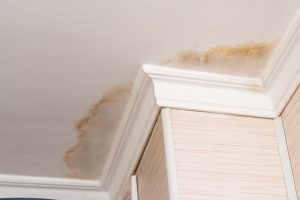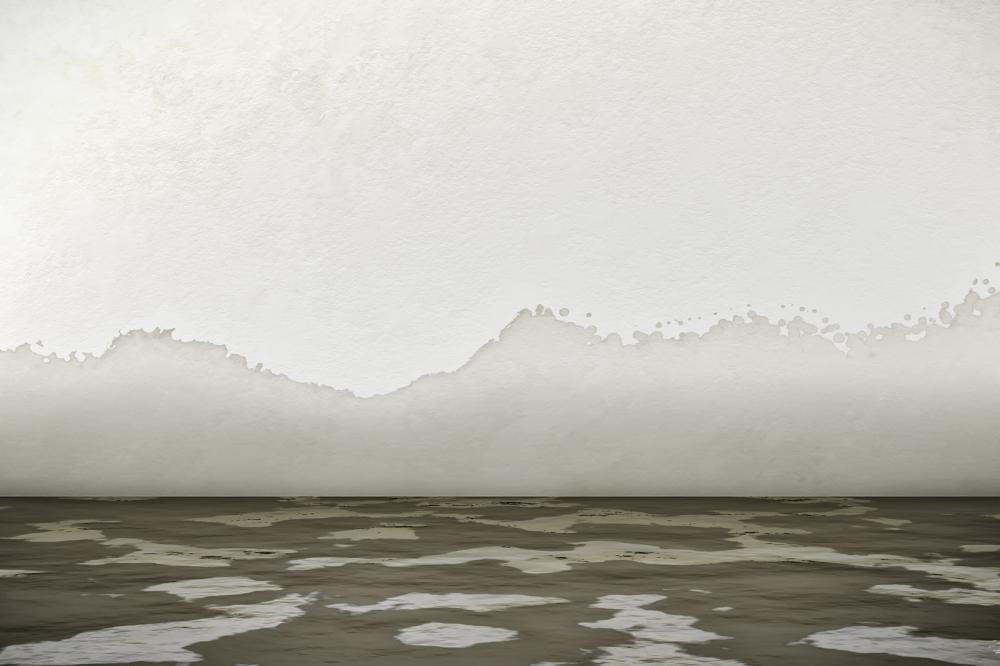What Leads to Humidity Harm in the Bathroom
What Leads to Humidity Harm in the Bathroom
Blog Article
This post in the next paragraphs involving How to Repair and Prevent Bathroom Water Damage? is absolutely attention-grabbing. Check it out yourself and figure out what you think about it.

Water damage usually happens in the restroom as a result of the water made use of daily. In some cases, the damages could be a little mold from the shower. Various other times, it's substantial damage on your floor. Whatever it is, it is always great to understand the reason and also prevent it before it occurs.
This guide will undergo several of the usual sources of water damage in the bathroom. We will likewise examine what you can do to stop these reasons from harming your bathroom. Allow's dive in.
5 Usual Causes of Water Damage in Bathrooms
These are the common factors you would certainly have water damage in your shower rooms and also just how you can identify them:
Ruptured or Leaking Pipes
There are numerous pipes bring water to different parts of your restroom. Some pipes take water to the toilet, the sink, the faucets, the shower, and also several various other locations. They crisscross the little location of the shower room.
Every now and then, these pipelines might get rusty and also ruptured. Other times, human action could create them to leakage. When this occurs, you'll discover water in the corners of your bathroom or on the wall surface.
To identify this, watch out for bubbling walls, mold and mildews, or mold. Call an expert emergency plumber to repair this when it occurs.
Cracks in your wall surface tilesv
Washroom wall surface floor tiles have been specially made for that function. They safeguard the wall surface from wetness from people taking showers. Nevertheless, they are not indestructible.
Sometimes, your shower room wall floor tiles fracture and permit some dampness to permeate right into the wall. This can potentially destroy the wall surface if you don't take any kind of action. If you observe a split on your wall surface ceramic tiles, fix it promptly. Don't wait up until it damages your wall surface.
Overflowing bathrooms and sinks
As people, often we make mistakes that might cause some water damage in the shower room. For example, leaving your sink faucet on could trigger overflowing and also damage to various other parts of the shower room with moisture.
Additionally, a damaged bathroom could cause overflowing. As an example, a damaged toilet manage or other parts of the cistern. When this takes place, it could damage the floor.
As quickly as you see an overflowing sink or bathroom, call a plumbing to assist deal with it right away.
Roof covering Leaks
Occasionally, the problem of water damage to the shower room could not come from the restroom. As an example, a roof leak might create damage to the restroom ceiling. You can detect the damage done by checking out the water stains on the ceiling.
If you locate water stains on your ceiling, inspect the roofing system to see if it's harmed. After that, call a specialist to help solve the problem.
Excess Wetness
It's trendy to have that long shower and sprinkle water while you hem and haw and also imitate you're performing, but often these acts can create water damage to your bathroom.
Sprinkling water around can trigger water to visit edges as well as develop mold and mildews. Enjoy just how you spread out excess dampness around, and when you do it, clean it up to prevent damage.
Conclusion
Water damage to your restroom can be bothersome. Nevertheless, you can handle it if you stop a few of the causes pointed out in this overview. Call an expert emergency plumbing technician if you observe any type of severe damage.
How to Repair a Water-Damaged Wall in the Bathroom
All you need to know to repair bathroom wall water damage – from identifying the water source to finishing the repair professionally. If you don’t act quickly to resolve a water damage problem, you could find that it develops into a mold issue and/or cause structural damage to your home. Follow this guide to repair your bathroom before it's too late.
All you need to know to repair bathroom wall water damage
Water damage is a common household problem, and one that, if left unrepaired, can quickly lead to structural problems and health issues. The two most likely rooms where water damage may occur is the bathroom and the kitchen – where water is used often and there is high humidity.
What is water damage?
It is easy to think of water damage as caused by a flood or leaking tap or burst water pipe. However, when water damage is assessed, there are three main categories into which water falls (as classified by the American National Standards Institute). These categories are defined as:
Category 1 Water – ‘Clear Water’
This is sanitary water. There is usually no major threat to health by washing with this water, drinking it, or inhaling if it is streaming. Most water that enters your home will be category 1 water, while most water leaving your home will be either category 2 or 3 water. It may also come from melting snow, rainwater and water tanks.
Damage caused by this type of water can usually be repaired or restored, though this doesn’t mean that there are no potential health issues.
Category 2 Water – ‘Grey Water’
This is contaminated water – sometimes considerably so – and will cause illness if consumed or if it comes into contact with your skin. Water damage in this category is often caused by overflows from toilet bowls, and damage to washing machines and dishwashers. While damaged items might still be repaired or restored after damage by grey water, it is more difficult and more expensive to do so.
If the water damage in your home has been caused by grey water, it is advisable to have repairs made by professionals.
Over time, grey water will deteriorate and become black water.
Category 3 Water – ‘Black Water’
Category 3 water, also known as black water, is highly contaminated and a great risk to health. This may contain raw sewage, heavy metals, and other toxic substances. It will smell terrible.
If this is the water that has caused damage in your bathroom, do not touch it. Stop the water flowing if possible, seal the room and call the experts: it really isn’t worth the risk of ill health and disease that could be fatal. It is very unlikely that items can be repaired or restored if they have been damaged by black water.
https://www.porterscleaning.com/blog/how-to-repair-a-water-damaged-wall-in-the-bathroom/

How to Repair a Water-Damaged Wall in the Bathroom
All you need to know to repair bathroom wall water damage – from identifying the water source to finishing the repair professionally. If you don’t act quickly to resolve a water damage problem, you could find that it develops into a mold issue and/or cause structural damage to your home. Follow this guide to repair your bathroom before it's too late.
All you need to know to repair bathroom wall water damage
Water damage is a common household problem, and one that, if left unrepaired, can quickly lead to structural problems and health issues. The two most likely rooms where water damage may occur is the bathroom and the kitchen – where water is used often and there is high humidity.
What is water damage?
It is easy to think of water damage as caused by a flood or leaking tap or burst water pipe. However, when water damage is assessed, there are three main categories into which water falls (as classified by the American National Standards Institute). These categories are defined as:
Category 1 Water – ‘Clear Water’
This is sanitary water. There is usually no major threat to health by washing with this water, drinking it, or inhaling if it is streaming. Most water that enters your home will be category 1 water, while most water leaving your home will be either category 2 or 3 water. It may also come from melting snow, rainwater and water tanks.
Damage caused by this type of water can usually be repaired or restored, though this doesn’t mean that there are no potential health issues.
Category 2 Water – ‘Grey Water’
This is contaminated water – sometimes considerably so – and will cause illness if consumed or if it comes into contact with your skin. Water damage in this category is often caused by overflows from toilet bowls, and damage to washing machines and dishwashers. While damaged items might still be repaired or restored after damage by grey water, it is more difficult and more expensive to do so.
If the water damage in your home has been caused by grey water, it is advisable to have repairs made by professionals.
Over time, grey water will deteriorate and become black water.
Category 3 Water – ‘Black Water’
Category 3 water, also known as black water, is highly contaminated and a great risk to health. This may contain raw sewage, heavy metals, and other toxic substances. It will smell terrible.
If this is the water that has caused damage in your bathroom, do not touch it. Stop the water flowing if possible, seal the room and call the experts: it really isn’t worth the risk of ill health and disease that could be fatal. It is very unlikely that items can be repaired or restored if they have been damaged by black water.
https://www.porterscleaning.com/blog/how-to-repair-a-water-damaged-wall-in-the-bathroom/
I came across that entry on How to Repair and Prevent Bathroom Water Damage? when browsing the search engines. Be sure to take the opportunity to distribute this article if you liked it. Thanks a lot for taking the time to read it.
Effective solutions available. Report this page